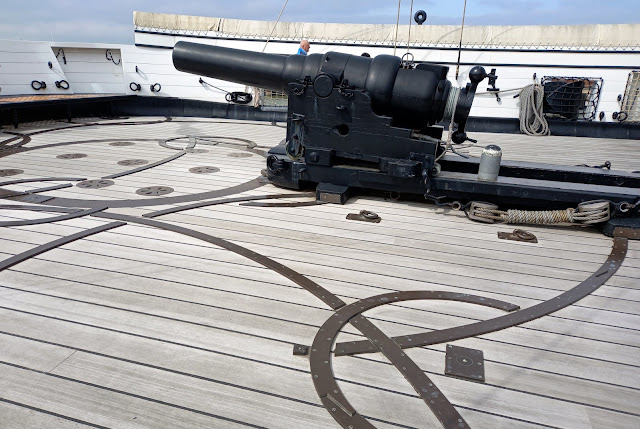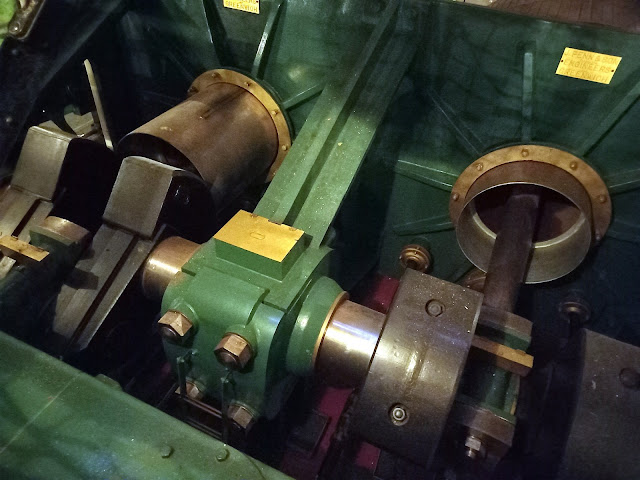Just back from a whistle-stop tour of Belgium - well, a bit of it anyway -
with the current Mrs Steve the wargamer, and most enjoyable it was as
well.. I was very impressed with Belgium, and it's people, I don't doubt
there are bad eggs like there are in most countries, but all the Belgians we
met were delightful.. friendly, and more than willing to provide
information when requested... they seem to me anyway to be quite a
contented bunch, no doubt due to the national delight in good chocolate (the
Belgians invented the filled chocolate by the way), waffles, fries served with
mayonnaise, and all washed down with strong beer.. 😀
Bruges (or Brugge as it is known locally), where we were were based for our 4
days/3 nights, is simply lovely - very much recommended..
For one of the days however, we were able to make a days tour to Ypres (or
Ieper as it is known locally), which was the scene of some of the worst
fighting in WW1 for the British and Commonwealth armies - there were three
main battles, 1st, 2nd and 3rd Ypres - but 3rd Ypres (1917) is better known as
Passchendaele... on the way to Ypres we had the opportunity to stop off
at Tyne Cot..
There's lots of information on the
Wiki page [clicky]
but in essence, Tyne Cot is the largest cemetery for Commonwealth forces in
the world, and for any war. The name allegedly comes from the Northumberland
Fusiliers seeing a resemblance between the German concrete pill boxes and a
typical Tyneside workers cottage (known as a Tyne cot). What I found
fascinating was that the site of the cemetery is built in and around those
pillboxes. it was a fortified position captured by the Australians and New
Zealanders during the Battle of Passchendaele.

|
|
Note the bunker/pillbox remains under the trees centre right - note
also the height of the cemetery compared to surrounding country
side.. the country is so flat that every slight rise became a
strong point as indeed this was..
|
Like a lot of the Commonwealth War Grave Commission cemetery's, the site is
immaculate, but also features a central plinth with a
Cross of Sacrifice [clicky]
but which for this site was built on top of one of those German pill boxes - you
can still see the concrete in the aperture following..

|
|
Inscription reads: "THIS WAS THE TYNE COT BLOCKHOUSE CAPTURED BY
THE 3RD AUSTRALIAN DIVISION - 4 October 1917"
|
Very, very sobering... almost 12,000 graves (including four German
one's), three quarters of which have no name. Around the edges of the cemetery
though, are the inscribed wall plaques to those who simply went missing -
another almost 35,000 British and New Zealand members of the armed
forces... inscribed there because the Menin Gate, which is the main
monument to commemorate the missing, was not big enough to inscribe all
the names on, there were so many missing... "Dulce et decorum est
pro patria mori", indeed.. 'Ave'.. 😔
I think most of us were fairly happy to move on to Ypres where the the first
of two museums visited that days was the 'In Flanders Fields Museum' located
in the Cloth Hall on the market square in the city centre... first
comment - most of what you see as you enter Ypres was (re)built after WW1, as
Ypres was surrounded on three sides by the Germans during WWI (the well known
'salient') who unleashed all they had on the city - the Cloth Hall where the
museum is located was a casualty itself.. it may ne apocryphal, but it
is said a man on horseback could see right across Ypres by the end of the war
it had been levelled so much..
Anyway - the Museum is excellent - it focusses primarily on the war in the
local area, and on the day we went was absolutely stuffed with young Belgian
kids clearly doing course work and projects - really good to see... the
displays don't glorify the war, but seek to set the events in terms of the
mores and feelings of the day, so we have the following examples of children's
toys of the day...
...and I was particularly taken with this magnificent child's sized Cuirassier
outfit..
...and the spud wearing it..
Safe to say that certainly on the German and French sides, memories of the
Franco-Prussian War were still strong.. the Western European countries,
fuelled by the resources of their overseas territories, were stronger than
they had ever been, and significant amounts were spent on armaments..
the war was almost inevitable...
The Museum is huge is so the following are just a selection, but the following
uniform "walls" particularly took my interest as a wargamer, and uniform
nerd.. pictures are captioned..

|
|
Despite the kilt, this is actually Canadian kit - Black Watch
(Royal Highland Regiment) of Canada - note the rifle grenade..
|

|
|
German..
|
 |
| French - note the grenade emblem on the front of the Adrian steel helmet.. the Belgians used the same helmet but there's has a lions head on the front |
Very much recommended - if you go I also recommend you pay the extra couple of euro's for a trip up the belfry for a view of the surrounding countryside and geography..
Onwards and upwards though, and on our way back to Bruges we stopped off at the second museum of the day, the "Museum Passchendaele 1917", the theme of which is the third Battle of Ypres, also known as Passchendaele.
Situated in a chateau grounds of Zonnebeke, which itself lay in the middle of the former battlefield this is a slightly airier and airier museum than the previous one - the lighting in this one was particularly good... this one was also stuffed with students, but we loitered at the back until they had all gone through and basically had the place to ourselves..
Highlight for me was the 'Passchendaele experience' a new display they only opened this year.. a big circular table showing the map of the area and the battle day by day, and all around the circular walls of the room a view of how the landscape changed.. amazing... but you can never take your eye off the counter at the bottom of the table showing the numbers of dead increasing by the day for the metres gained.. 😕
They also have a recreated bunker, and in the grounds recreated German and British style trench's - these in particular were very effective, the bunker is interesting but way too clean and smell free to give a real idea of what it must have been like to live week after week underground (and again this may be apocryphal, but they reckon that in WWI more people were living underground in bunkers in Belgium, than live above ground now!)..
Again - just a few pictures of things that took my eye.. captioned..
 |
| "C'est magnifique, mais ce n'est pas la guerre" .. French cavalry 1914.. how soon it changed.. |
 |
| A variety of uniforms, and I was particularly taken with the Uhlan, but especially the one on the right.. large numbers of French Colonial troops fought in this area and they suffered extraordinarily through that first winter of 1914 in those uniforms.. |
 |
| French infantry 1914.. so much optimism.. 😕 |
 |
| Quick firing 6 pounder from the side sponson of one of the British WWI tanks (male variant) |
 |
| Found this really useful to understand the topography of the battle(s) |
 |
| 1916, German M13 15cm Krupp howitzer and limber |
Both very much recommended, if you really can only get the time to do one though, go to the Passchendaele Museum as Tyne Cot is also very close.. it's good to be reminded that although our little metal men live on to fight again, in the battles they simulate a lot of young men (and women) didn't.. suffice to say, I very much needed a beer after all that - I slept well as well that night, though... 😀
Further reading:
Laters, as the young people are want to say...










+starboard+quarter.jpg)

















































